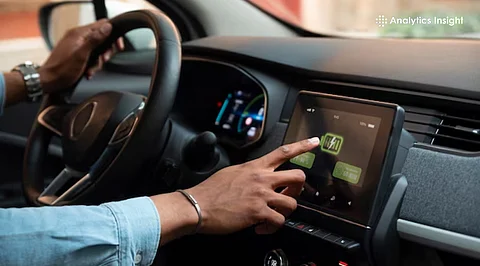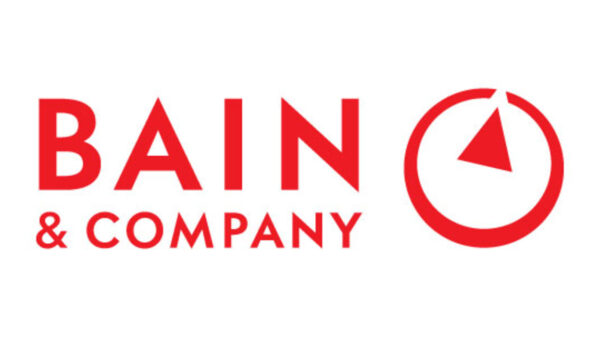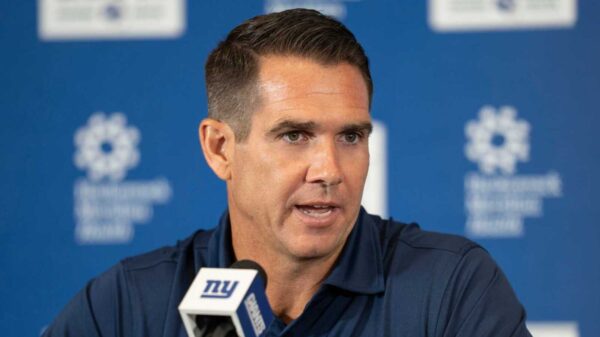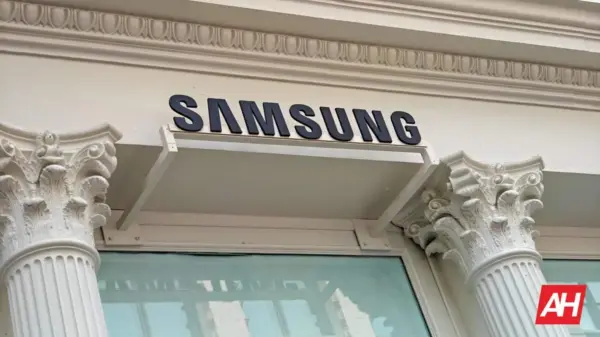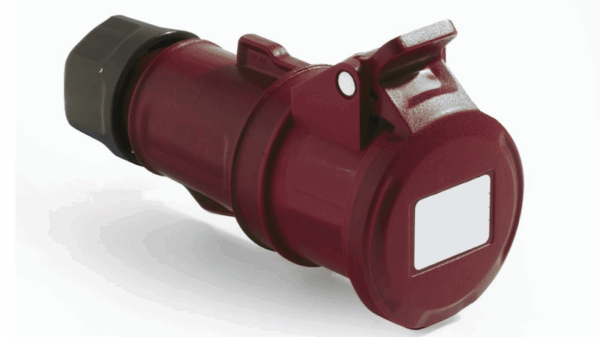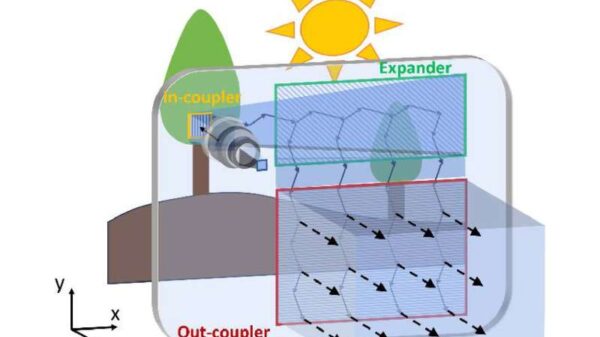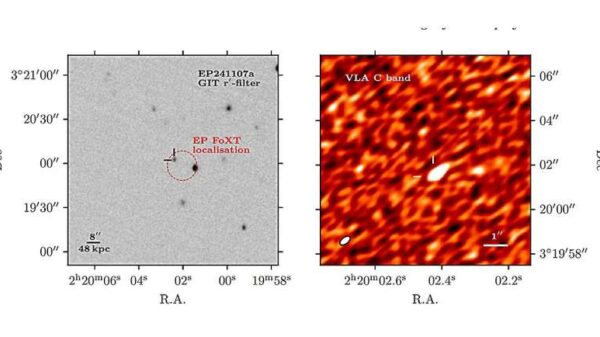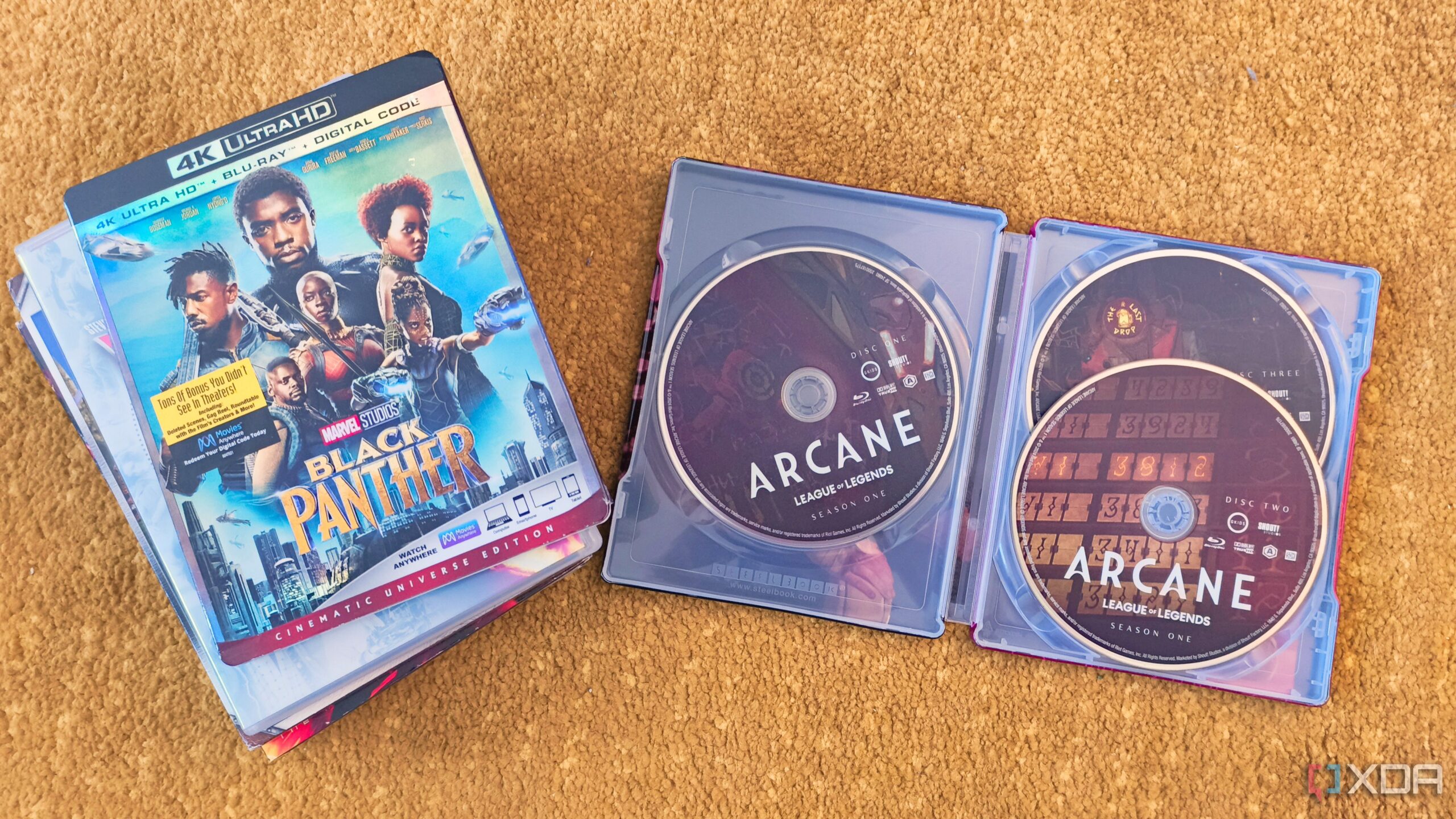UPDATE: Major changes have just been confirmed regarding how Windows handles DVD playback, impacting millions of users worldwide. If you haven’t used a DVD on your Windows PC recently, you may be completely unaware of these significant shifts.
For years, inserting a DVD into a Windows PC was an effortless experience. Users would simply drop the disc into the tray and watch their favorite movies or install software using Windows Media Player. However, this seamless functionality has vanished in recent Windows versions, and many users are left scrambling for solutions.
Microsoft’s Shift: Starting with Windows 8, Microsoft began phasing out native DVD support. Users can no longer expect their DVDs to autoplay or play automatically. Instead, they must purchase the $15 Windows DVD Player application to access playback features. This change has sparked criticism, as the application has been deemed inferior to the original Windows Media Player.
By the time Windows 10 launched, DVD playback was effectively eliminated, and autorun features were disabled to enhance security. The latest version, Windows 11, replaced Windows Media Player with a new “Media Player” app, which does not support DVDs at all.
Interestingly, the MPEG-2 patent, essential for DVD playback, expired globally at the start of 2024, making it possible to install the codec for free. Yet, Microsoft continues to require users to add this functionality separately, leaving many frustrated.
What Now? If you want to watch DVDs on your PC, your best option is to download a third-party media player. VLC Media Player is a popular choice, offering extensive support for various formats without the need for a paid license. This free software is open-source and operates under French law, which does not recognize software patents, allowing it to bypass licensing fees.
For those who still wish to use autorun features, limited functionality can be restored through complex registry tweaks, but Microsoft has made this intentionally difficult to discourage risky behavior.
The implications of these changes are significant for collectors and users who still rely on physical media. Discs were once central to software installation and media consumption; now, they have become largely obsolete. Despite the decline of DVDs due to the rise of streaming services like Netflix, many users remain attached to their physical collections.
Without official support from Microsoft, users must navigate these new obstacles independently. The transition away from automatic playback and built-in DVD functionality highlights how computing is evolving alongside user behavior, often in ways that go unnoticed until users try to perform familiar tasks.
These changes reflect a broader trend: DVDs are no longer part of the core Windows experience. While some users may notice the shift, for many, it has gone unnoticed. As Windows moves forward, the impact on users who still value physical media is substantial.
What to Expect: As Microsoft continues to innovate, users will need to adapt to a world where physical media is increasingly sidelined. The future of computing is clearly leaning toward digital, and while DVDs may not disappear entirely, their role in everyday computing continues to diminish.
Stay tuned for further updates as this story develops. Share your experiences with DVD playback on Windows in the comments below!


















